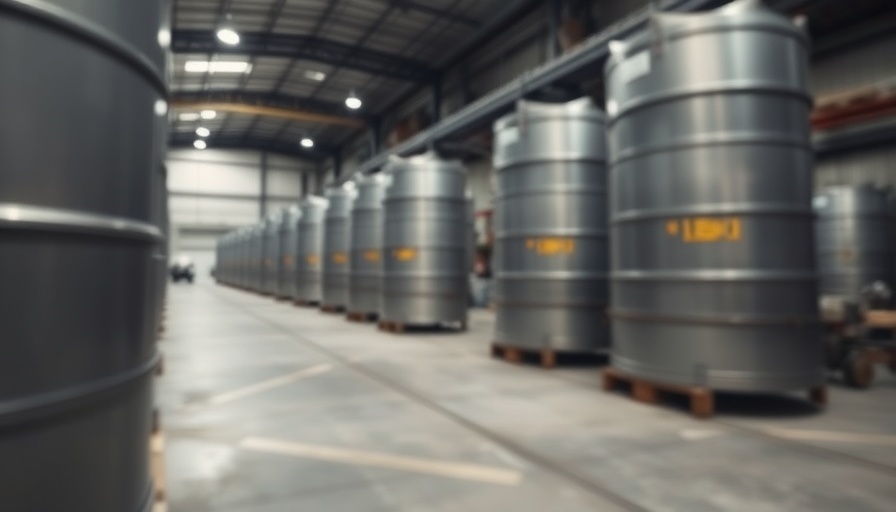
Massive Drug Seizure: A Wake-Up Call for the Twin Cities
In a significant crackdown on drug trafficking, federal agents seized 900 pounds of methamphetamine from a storage unit in the Twin Cities, marking one of the largest drug busts in recent local history. This massive haul of meth has raised alarms about the scale of drug activities spreading through Minnesota's metropolitan area. The storage unit was linked to a larger operation that led to simultaneous raids at eight different locations, highlighting the coordinated efforts of law enforcement to tackle rising drug-related crimes.
The Impact of Methamphetamine in Communities
The prevalence of meth in communities across the Midwest has escalated in recent years, reflected in increased addiction rates and a surge in overdose deaths. Experts note that meth poses specific challenges due to its high potential for addiction and the severe social impacts it can have on families and neighborhoods. Minnesota, being at the heart of a growing epidemic, showcases how crucial it is for community members to be informed about the dangers of substance abuse and the need for awareness and preventive measures.
Historical Context: Methamphetamine in Minnesota
The roots of methamphetamine's challenge in Minnesota can be traced back to earlier manufacturing processes within rural communities. While laws have since evolved to regulate the sale of precursor materials, synthetic drugs have become more accessible through alternative methods of production and distribution. Understanding this history is crucial for recognizing the current challenges and designing effective responses to them.
Community Response: Engagement and Resources
Following this seizure, communities are reminded of the importance of vigilance and engagement. Local organizations and law enforcement agencies are encouraging residents to participate in education initiatives that address substance abuse, mental health, and resources available for those seeking help. Coming together as a community strengthens the support network and diminishes the stigma surrounding addiction.
The Road Ahead: Future Trends in Drug Enforcement
Looking forward, law enforcement agencies point to an increasing need for collaborative efforts, not just within local jurisdictions but also on a state and federal level. Analysts predict that as drug trafficking organizations adapt, law enforcement must also evolve in their strategies to combat this crisis. This means investing in training, community programming, and robust support networks for recovery and mental wellness.
In light of this major drug bust, it's a time for reflection and dialogue on how our communities can take proactive steps against the challenges posed by substance abuse. Understanding the pervasiveness and impact of drugs is the first step towards creating those spaces where people can thrive. If you or someone you know is struggling with addiction, seek out local resources or reach out to a healthcare professional for guidance.
 Add Row
Add Row  Add
Add 




Write A Comment